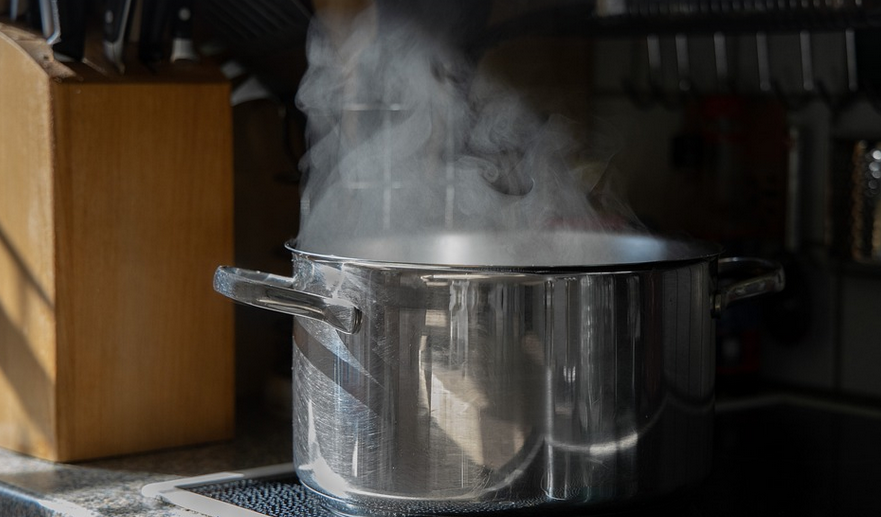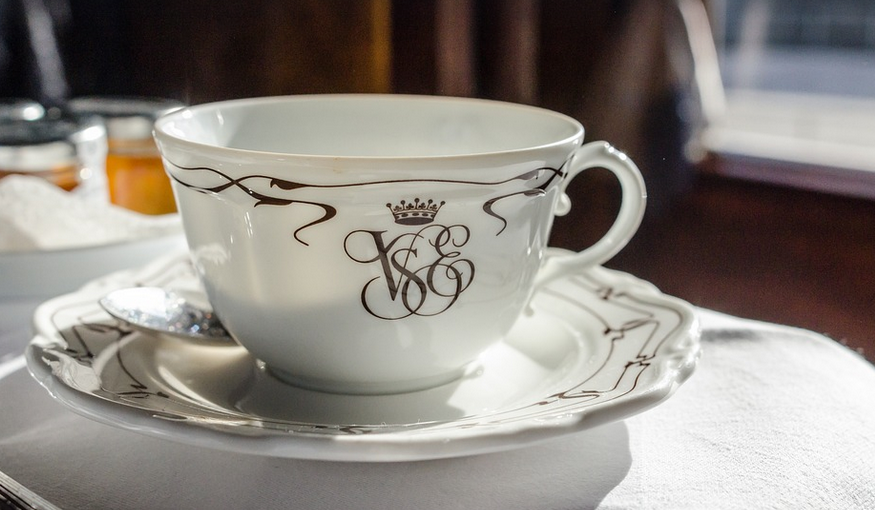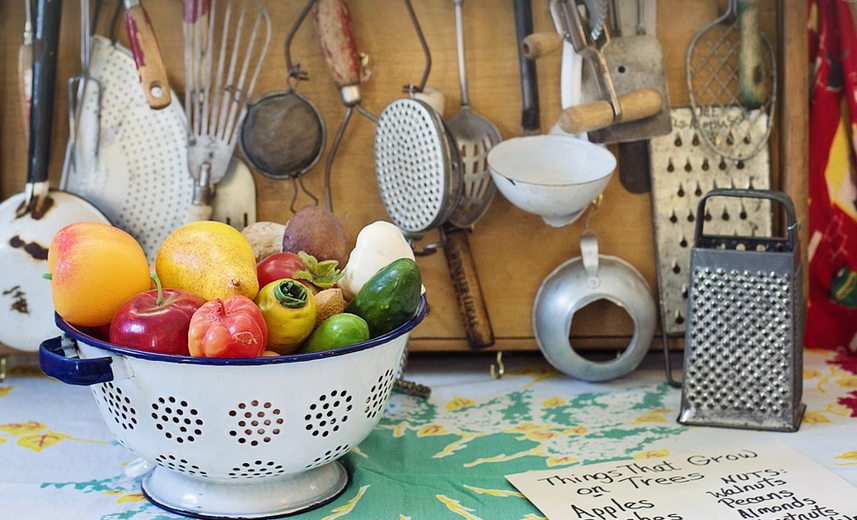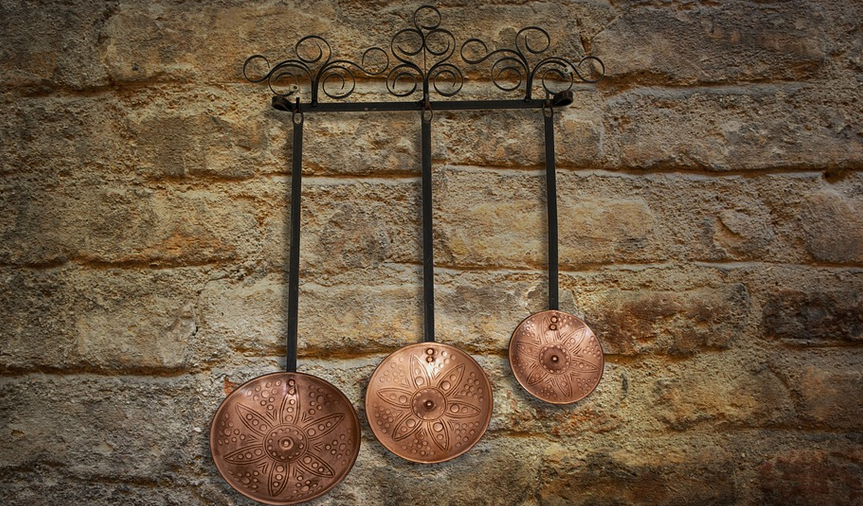Types Of Toothbrush Bristles: A Comprehensive Guide

Choosing the right type of toothbrushes bristle can make all the difference in how effectively you clean your teeth. This comprehensive guide will help demystify the world of toothbrush bristles and equip you with the knowledge to choose the perfect one for your needs.
**Understanding the Basics: Types of Bristles** Just as there are different flavors of ice cream, each type of bristle has its unique characteristics that make it ideal for specific cleaning needs. Let’s break down the most popular types of bristles and explore their individual strengths:
Soft Bristles: The Gentle Giants
As the name suggests, soft-bristled toothbrushes are designed for optimal gentleness on your gums and teeth. They are softer than other bristle options, which means less chance of irritation or even bruising if you have sensitive gums.
However, don’t think that they offer minimal cleaning power. Soft bristles can still effectively remove plaque and food particles from the surface of teeth, thanks to their soft texture that doesn’t damage enamel. They make a great choice for individuals with sensitive teeth or gum disease, as they minimize the risk of discomfort.
For those who prioritize gentle cleaning without compromising on thoroughness, soft-bristled toothbrushes are typically preferred. It’s important to look at the quality and softness of the bristles as well – a good soft bristle set is durable and won’t fall apart after just a few uses.
Medium Bristles: Finding a Balance
Medium-bristled toothbrushes offer a sweet spot between the gentle care of soft bristles and the thorough cleaning of hard bristles. These brushes provide a decent balance between effective plaque removal and gentle brushing, making them suitable for most adults.
The medium bristle design allows for efficient cleaning of both rough spots on teeth and tender areas without being too harsh. It offers a good compromise for those who want to feel the difference without having to go for highly aggressive brushes.
Hard Bristles: For Those Who Prefer Power
For individuals with strong enamel, tartar buildup, or extra cleaning needs, hard-bristled toothbrushes can be a great option. They offer a firmer texture that effectively removes stubborn plaque and stains from teeth and gums.
However, it’s important to note that using hard bristles too aggressively can lead to gum irritation and even enamel erosion over time. Therefore, individuals with sensitive gums or a history of dental problems should exercise caution when choosing hard-bristled brushes.
Bristle Material: The Unsung Hero
Beyond the type of bristle, the material also plays a crucial role in determining the overall effectiveness of your brush. Each material offers unique properties that influence how it cleans and feels against your mouth:
* **Nylon:** This is the most common material for toothbrushes. Nylon bristles are durable, flexible, and cost-effective. They can effectively clean even uneven surfaces while being gentle on gums. * **Polypropylene:** This type of bristle offers a softer feel than nylon but maintains sufficient cleaning power. It’s often found in advanced electric toothbrushes designed for extra thoroughness. * **Bristle Shape:** A good toothbrush should have an optimal shape that helps reach all areas of your mouth effectively. For example, curved bristles can be ideal for cleaning along the gum line and around molars, while straight bristles may be better for reaching crevices between teeth.
Ultimately, finding the perfect bristle type depends on several factors:
* **Your Teeth & Gums:** Do you have sensitive gums, or are your teeth susceptible to wear and tear? * **Your Cleaning Needs:** Do you struggle with plaque buildup, staining, or maintaining a clean smile? * **Personal Preference:** Some people like the softness of a nylon bristle brush while others prefer a firmer feel. **Choosing The Right Brush: The Final Touch**
Remember that choosing the right toothbrush is a personal journey. It’s about finding what works best for you and your oral hygiene needs.
Don’t hesitate to experiment with different types of bristles to understand which one provides the most satisfying cleaning experience.
**Beyond Bristles: Other Considerations**
While bristle type is essential, other factors also contribute to a great toothbrush experience:
* **Brush Head Size:** A smaller brush head is more suitable for tight spaces between teeth, while a larger one may be better for reaching your gum line. * **Handle Design and Grip:** A comfortable handle is crucial for efficient brushing and preventing hand fatigue. * **Ergonomics:** Choose a toothbrush that fits comfortably in your hand to eliminate unnecessary strain during the cleaning process * **Electric vs. Manual:** If you have trouble reaching all areas of your mouth, electric toothbrushes can be a game-changer. However, manual brushes are still very effective when used correctly.
Don’t forget that brushing for two minutes twice a day is just one step in maintaining a healthy smile!
With a little knowledge and experimentation, you can find the perfect toothbrush and brush your way to a healthier, brighter smile.


